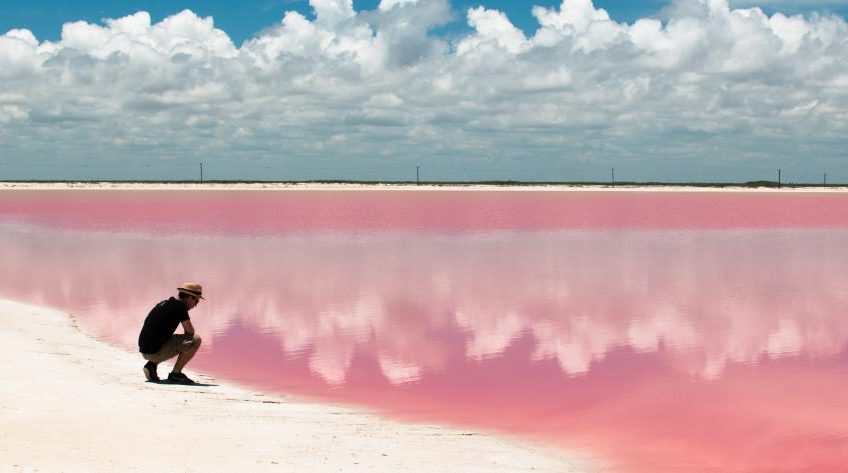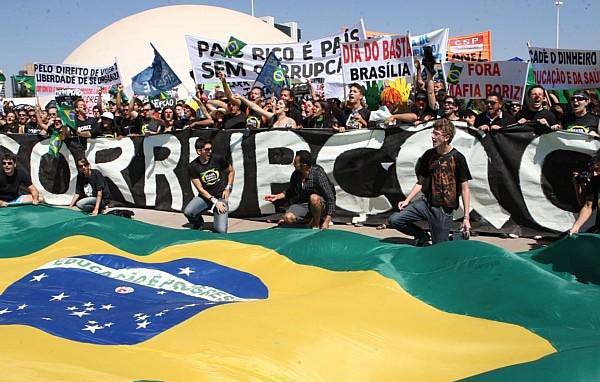Pink tide is an important phenomena in South America. By the end of the 1990s, South America was desperate for change. A debt crisis drove most countries in the region to elect neoliberal governments, before subsequent periods of hyperinflation and banking crises caused unemployment and poverty to rise. A groundswell of dissatisfaction was latched onto by galvanized social movements, clearing the decks for what we know today as the Pink Tide.
The Pink Tide was a historical moment, beginning in 1999, in which throughout South America, left-wing and center-left governments came into power. It was so named as even though the leaders in question were to the left of center, many were not so radical, neither traditionally socialist, hence the use of the color pink.
The Pink Tide was hardly a homogeneous or unified movement, either. In fact, what made the phenomenon so striking was the wide range of leftist ideologies on show. A reformist-turned-Marxist populist became president in Venezuela. Brazil elected a trade-unionist, Bolivia, an indigenous activist. The period also saw a Peronist take charge in Argentina, a Keynesian economist in Ecuador, a once guerrilla Marxist in Uruguay, and a Christian socialist in Paraguay.








